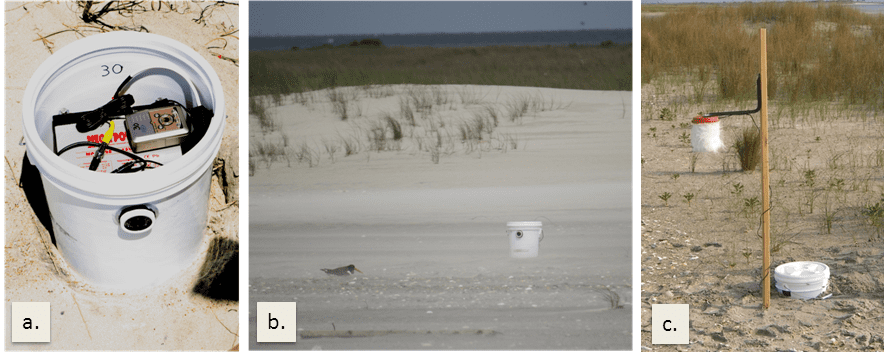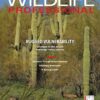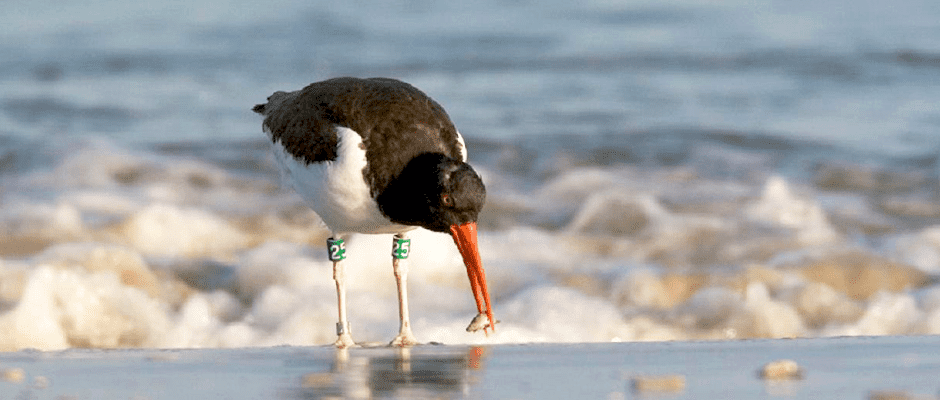Share this article
Off-road vehicles bother American oystercatchers
American oystercatchers deal with constant noise from traffic on Cape Lookout National Seashore in North Carolina where they nest. Boats chug in the water nearby, ATVs make a ruckus and military and civilian aircraft fly loudly above them as they’re incubating their eggs.
Still, measures are in place to reduce disruptions to nesting birds as much as possible. The National Parks Overflight Act of 1987, for example, restricts the Marine Corps naval air station in coastal North Carolina from flying aircraft in their training sites over the seashore. However, the U.S. Marines Corps has been seeking permission from the Federal Aviation Administration and National Parks Service to ease these restrictions. A recent study published in the journal Ibis set out to better understand how noise might affect several nesting shorebird species.
As part of the study, the research team set up video cameras at the oystercatchers’ (Haematopus palliatus) nests to detect when they left their nests due to disturbances. They looked at military overflights, pedestrians, vehicles and native and nonnative predators. In order to determine if overflights were disturbing the species, the team had to first match up when the flights occurred with when the birds were leaving their nests.
With close cooperation of the Marine Corps, the team tracked the altitude and speed of the aircraft as they crossed the island and continuously recorded t noise associated with the overflights. They then used a motion detection algorithm developed by NCSU engineering students to detect when the oystercatchers were leaving and returning to nests, making it easier to analyze the video by flagging the times the birds were disturbed. “This was an ideal application of motion detection software because we were tracking large black and whites on a white sand beach, so the events were readily flagged by the software,” said Ted Simons, a professor and assistant unit leader of the USGS Cooperative Fish and Wildlife Research Unit at North Carolina State University and co-author of the study.

Video and audio recording equipment used to monitor incubating American oystercatchers and surrounding human activity at North Core Banks, Cape Lookout National Seashore in North Carolina. Image courtesy of Ted Simons.
ATVs Caught Red-Handed
After analyzing data from about 42 nests, the team did not find a correlation between aircraft overflights and birds leaving their nests. The birds seemed habituated to aircraft noise, according to Simons. In fact, a similar study published in the Journal of Wildlife Management found that Wilson’s plovers also seemed largely unaffected by overflights, although they were certainly more alert as aircraft flew overhead.
Instead, the oystercatchers had the strongest response to ATVs followed by UTVs (two person ATVs) and pedestrians, and a much smaller response to passenger vehicles.
“There’s a lot of controversy surrounding the management of off-road vehicles on National Seashore,” Simons said. He is currently working on a study using the same equipment in a more controlled setting where sections of the beach are closed off to vehicles and pedestrians. Simons hopes these studies will help tackle the difficult issue in order to find a solution for the National Park Service which faces the challenge of managing areas for both recreation and the protection of natural resources.
“What impresses me about this research is the very strong goodwill on the part of the management agencies,” he said. “Both the Marine Corps and the National Park Service are really committed to using the best science to address these complicated issues.”
Header Image: The American oystercatcher’s black and white coloring made it easy for motion detection software to detect them on video. ©Sydney Maddock








